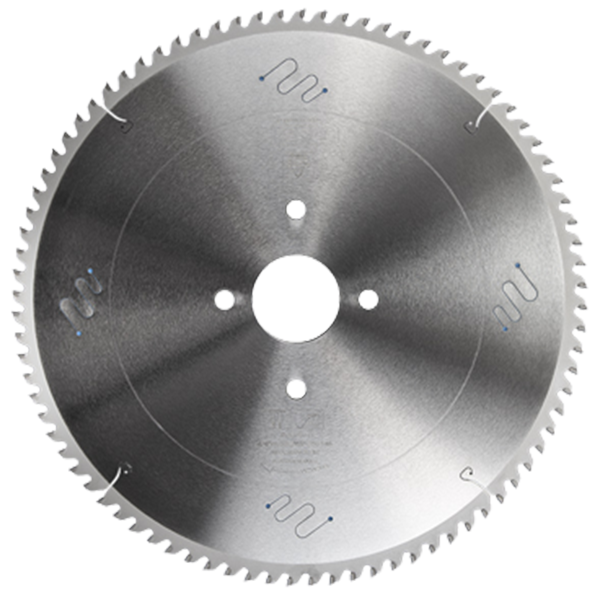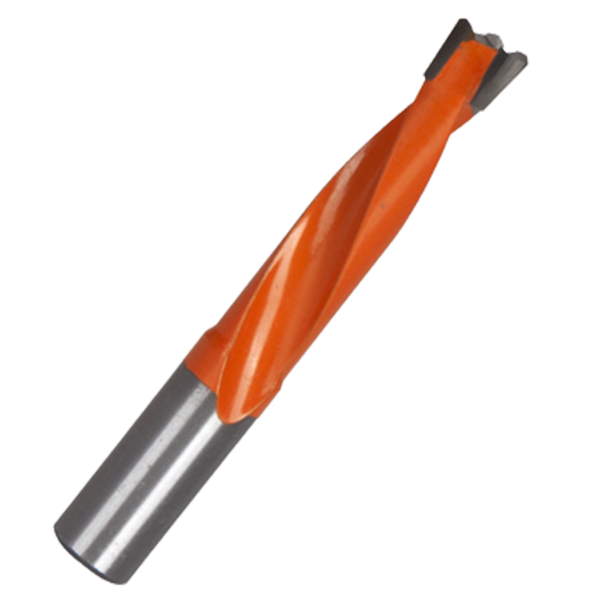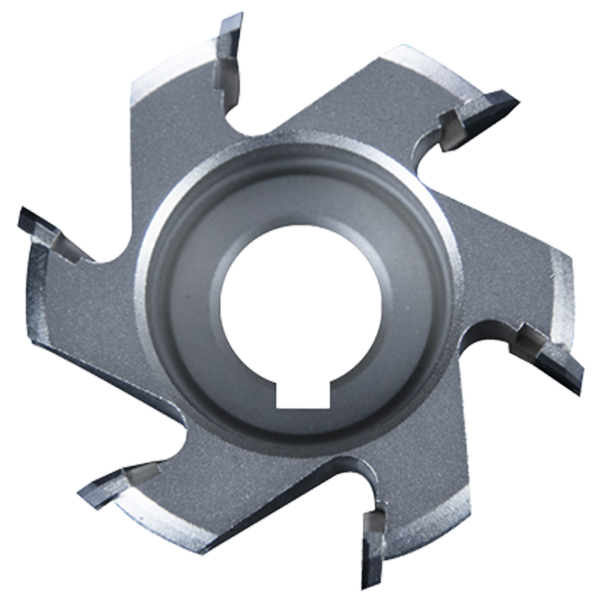In the globally competitive arenas of industrial manufacturing—from Germany’s automotive powerhouses and America’s aerospace innovators to Brazil’s booming infrastructure projects—the quest for optimization is relentless. Elite fabricators understand a fundamental truth: process control begins with the first cut. The high-performance CNC circular saw, exemplified by models like the KASTOtec series or the Amada CMB CNC Carbide Saw, is no longer a simple prep station; it is a strategic asset, a precision-engineered cornerstone that dictates downstream efficiency, material yield, and overall profitability.
This guide moves beyond surface-level specifications to offer an in-depth architectural analysis of these machines. We will dissect the core systems that define a truly superior industrial metal cutting saw, showing how the machine’s fundamental engineering is the primary driver of performance. The saw blade, with its specific diameter, tooth count, and coating, is the synergistic element that unlocks the potential already built into a world-class machine platform.
Part 1: The Anatomy of a High-Performance CNC Sawing System
A machine’s ultimate capability is not defined by its motor’s horsepower but by its ability to deliver that power with absolute stability. This is achieved through the sophisticated interplay of several core systems.
1.1 The Foundation: Machine Frame Engineering and Vibration Damping
The most critical, non-negotiable attribute of a precision saw is its rigidity. Any unmanaged vibration is amplified at the cutting edge, leading to chatter and catastrophic failure of advanced cutting tools.
- Material Science: This is why machines like the Behringer Eisele HCS series utilize a heavy-duty, vibration-damping polymer concrete or Meehanite cast iron base. These materials absorb and dissipate energy far more effectively than standard welded steel, creating a dead-quiet, stable platform essential for a perfect cut.
- Structural Design: Modern machine frames, such as those found on the robust KASTOtec KPC, are designed using Finite Element Analysis (FEA) to simulate cutting forces and optimize geometry. This results in an oversized, heavy-set saw head carriage and a wide, stable stance—the hidden prerequisite for all other high-performance features.
1.2 The Drivetrain: The Heart of Precision and Power
The transmission of power from the motor to the blade is where raw force is refined into cutting precision.
- The Gearbox: The performance of a saw like the Tsune TK5C-102GL is directly linked to its zero-backlash gearbox. Typically featuring hardened, ground helical gears in an oil bath, this design ensures every command from the motor is translated directly to the blade’s cutting edge without any “slop” or play, which is fatal during the high-stress moment of tooth entry.
- The Spindle and Drive System: The saw spindle is mounted in oversized, high-precision bearing sets to handle extreme loads without deflection. Power is delivered by a high-torque AC servo drive. This “smart” drive system, a hallmark of premium machines, senses increasing cutting loads and instantly adjusts motor output to maintain a constant surface speed, dramatically improving both cut quality and tool life extension.
1.3 The Control System: The Brains of the Automated Operation
The CNC control is the nerve center that orchestrates the machine’s mechanical excellence. Leading platforms like Siemens SINUMERIK or Fanuc, found on most high-end European and Japanese machines, offer far more than simple programming.
- Adaptive Cutting Control: These systems employ cutting force monitoring. The control tracks the spindle load and automatically adjusts the feed rate, protecting the tool from overload and optimizing cycle time.
- Blade Deviation Control: An invaluable feature on machines cutting high-value material is a sensor system that monitors the blade’s path. If the blade deflects, the control will stop the machine, preventing a scrapped part.
- Data Integration and Industry 4.0: A modern CNC sawing machine is built for the smart factory. Ethernet connectivity allows for seamless ERP integration, enabling production schedules to be downloaded directly. It logs vast amounts of data—cycle times, blade life, and material usage—for process improvement and predictive maintenance.
1.4 Material Handling: Transforming a Machine into a Production Cell
In a high-volume environment, the speed of the entire cycle is paramount. This is where automation, perfected in models like the Amada CMB-100CNC, becomes the key differentiator.
- Loading Systems: The automatic bar feeder is standard. For round stock, an inclined magazine loader offers high capacity. For mixed profiles, a flat magazine with a bundle loader and unscrambler provides greater flexibility.
- Feeding Mechanisms: The industry standard is the servo-driven gripper feed system. This mechanism grips the material and feeds it forward with extreme accuracy and speed, far surpassing older shuttle vise designs.
- Post-Cut Automation: True lights-out manufacturing is achieved with integrated output systems. This can include robotic arms for part picking, sorting, deburring, and stacking, minimizing labor costs and maximizing throughput.
Part 2: Application Masterclass – Matching the Blade to the Mission
Understanding the machine’s capabilities is the foundation. The next step is selecting a precisely specified blade to address the unique challenges of different materials.
Cutting Carbon & Alloy Steels for Automotive Applications
- Application Scenario: High-volume, unattended cutting of 80mm solid 4140 alloy steel bars for automotive shafts, where both speed and surface finish are critical.
- Machine Recommendation: This task demands a machine with extreme rigidity and a powerful, stable drivetrain, such as the KASTOtec KPC or the Amada CMB-100CNC.
- Optimal Blade Specification: The ideal tool is a 460mm diameter Cermet tipped blade featuring approximately 100 teeth (100T) and protected by a high-performance AlTiN coating.
- Expert Rationale: The machine’s rigidity is the key enabler, providing the vibration-free platform necessary for the brittle but incredibly hard cermet tips to perform without fracturing. The 100T configuration on a 460mm blade is calculated to provide the optimal chip load at the high surface speeds required for cermet, ensuring a mirror-like finish. The AlTiN coating creates an essential thermal barrier, protecting the cutting edges from the intense heat generated when cutting steel at high speeds.
Cutting Stainless Steels for Process Industries
- Application Scenario: Fabricating components from 100mm schedule 40 (304/316) stainless steel pipes for food processing or chemical plant equipment. The material’s tendency to work-harden is the primary challenge.
- Machine Recommendation: A machine with a high-torque gearbox capable of delivering consistent power at lower RPMs is essential. The Behringer Eisele HCS 160 is an excellent example of such a machine.
- Optimal Blade Specification: A 560mm diameter Carbide Tipped (TCT) blade is recommended, configured with a coarser pitch of around 80 teeth (80T) and a specialized TiSiN coating.
- Expert Rationale: Stainless steel must be cut with a constant, aggressive feed at lower speeds to stay ahead of work-hardening. The HCS machine’s torque ensures the blade never hesitates. An 80T configuration provides a tougher tooth geometry and larger gullets (chip spaces) needed to effectively clear the stringy, gummy chips produced by stainless steel. A TiSiN (Titanium Silicon Nitride) coating offers superior heat resistance and hardness compared to standard AlTiN, providing the extended life needed in this demanding application.
Cutting Aluminum Extrusions for Architectural and Automotive Sectors
- Application Scenario: Mass production of complex, thin-walled aluminum profiles for window frames or automotive chassis components, where a burr-free finish is required at maximum speed.
- Machine Recommendation: This calls for a specialized high-speed saw, such as the Tsune TK5C-40G, capable of spindle speeds exceeding 3000 RPM.
- Optimal Blade Specification: The prescription is a 420mm diameter Carbide Tipped (TCT) blade with a fine pitch of 120 teeth (120T), finished with a TiCN or DLC coating.
- Expert Rationale: The extremely high cutting speed is necessary for aluminum. The 120T fine-pitch blade ensures that at least two teeth are engaged in the thin-walled material at all times, preventing snagging and guaranteeing a clean, shear cut. Chip welding (galling) is the biggest enemy; a TiCN (Titanium Carbonitride) or ultra-smooth DLC (Diamond-Like Carbon) coating is non-negotiable as it creates a lubricious surface that prevents aluminum chips from adhering to the blade.
Cutting Titanium & Nickel Alloys for Aerospace
- Application Scenario: Precisely cutting 60mm solid titanium (e.g., Grade 5, 6Al-4V) or Inconel bars for critical aerospace components where metallurgical integrity is paramount.
- Machine Recommendation: This is the ultimate test of a machine’s drivetrain. A heavy-duty saw with a robust, low-RPM, high-torque gearbox like the KASTOvariospeed is required.
- Optimal Blade Specification: A smaller 360mm diameter Carbide Tipped (TCT) blade with a very coarse 60-tooth (60T) configuration and a special grade of AlTiN coating should be used.
- Expert Rationale: These exotic materials generate extreme, concentrated heat and work-harden aggressively. The KASTOvariospeed’s ability to deliver massive torque at low, controlled speeds is crucial. A smaller, thicker blade plate (360mm) provides maximum stability. The coarse 60T pitch allows for a deep, aggressive chip that cuts below the hardened layer formed by the previous tooth. A special grade of AlTiN coating, designed for extreme thermal loads, is necessary to protect the carbide substrate from immediate heat-induced failure.
Conclusion: Investing in the Foundation of Productivity
The decision to invest in a high-performance CNC circular saw is a strategic one. It is an investment in a platform—a foundation of superior mechanical and digital engineering, as seen in models from KASTO, Amada, Behringer, and Tsune. This foundation provides the stability to leverage the most advanced blade technologies, the intelligence to integrate into a smart factory ecosystem, and the automation to run with minimal human intervention.
For the demanding markets of the USA, Germany, and Brazil, the message is clear. Look beyond the specifications sheet and analyze the architecture. A machine built on a foundation of rigidity, powered by a precision drivetrain, and paired with a meticulously specified blade is not just a piece of capital equipment; it is the cornerstone upon which a modern, efficient, and profitable fabrication enterprise is built.
Post time: Sep-18-2025

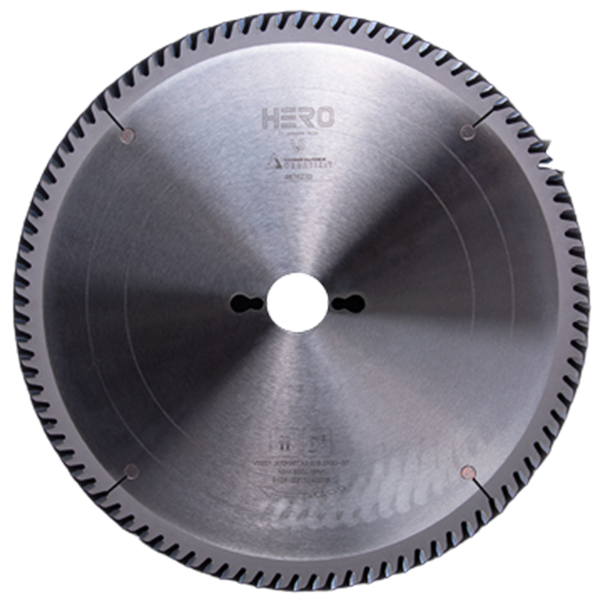 TCT Saw Blade
TCT Saw Blade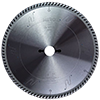 HERO Sizing Saw Blade
HERO Sizing Saw Blade HERO Panel Sizing Saw
HERO Panel Sizing Saw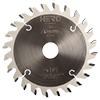 HERO Scoring Saw Blade
HERO Scoring Saw Blade HERO Solid Wood Saw Blade
HERO Solid Wood Saw Blade HERO Aluminum Saw
HERO Aluminum Saw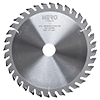 Grooving Saw
Grooving Saw Steel Profile Saw
Steel Profile Saw Edge Bander Saw
Edge Bander Saw Acrylic Saw
Acrylic Saw PCD Saw Blade
PCD Saw Blade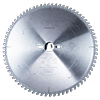 PCD Sizing Saw Blade
PCD Sizing Saw Blade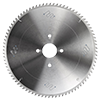 PCD Panel Sizing Saw
PCD Panel Sizing Saw PCD Scoring Saw Blade
PCD Scoring Saw Blade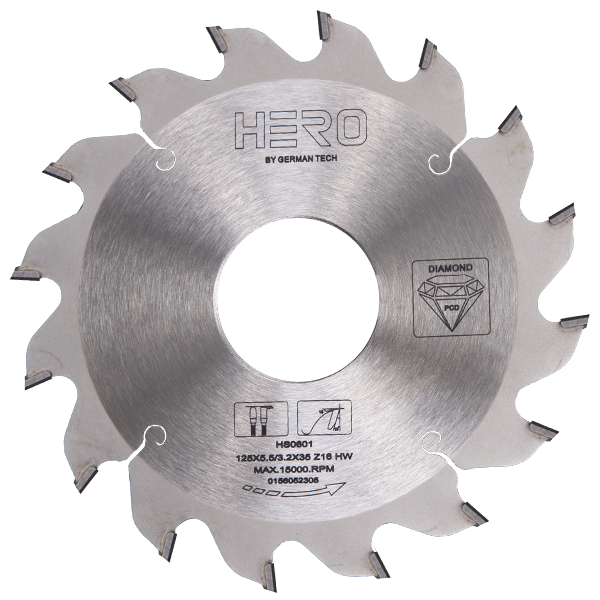 PCD Grooving Saw
PCD Grooving Saw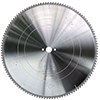 PCD Aluminum Saw
PCD Aluminum Saw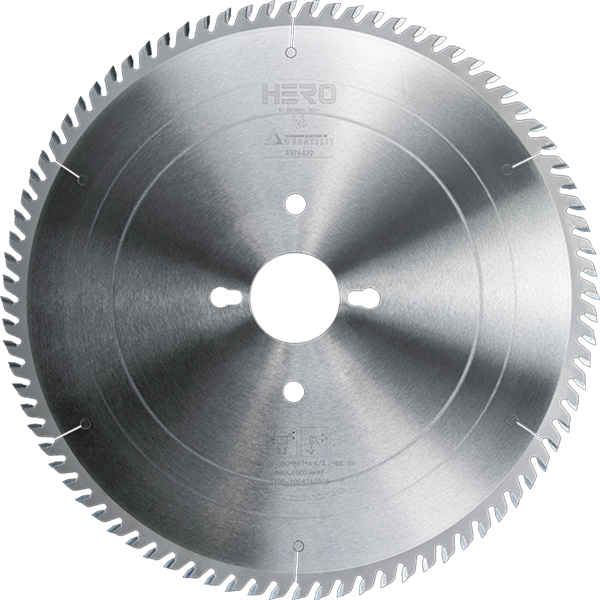 Cold Saw for Metal
Cold Saw for Metal Cold Saw Blade for Ferrous Metal
Cold Saw Blade for Ferrous Metal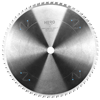 Dry Cut Saw Blade for Ferrous Metal
Dry Cut Saw Blade for Ferrous Metal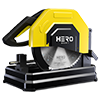 Cold Saw Machine
Cold Saw Machine Drill Bits
Drill Bits Dowel Drill Bits
Dowel Drill Bits Through Drill Bits
Through Drill Bits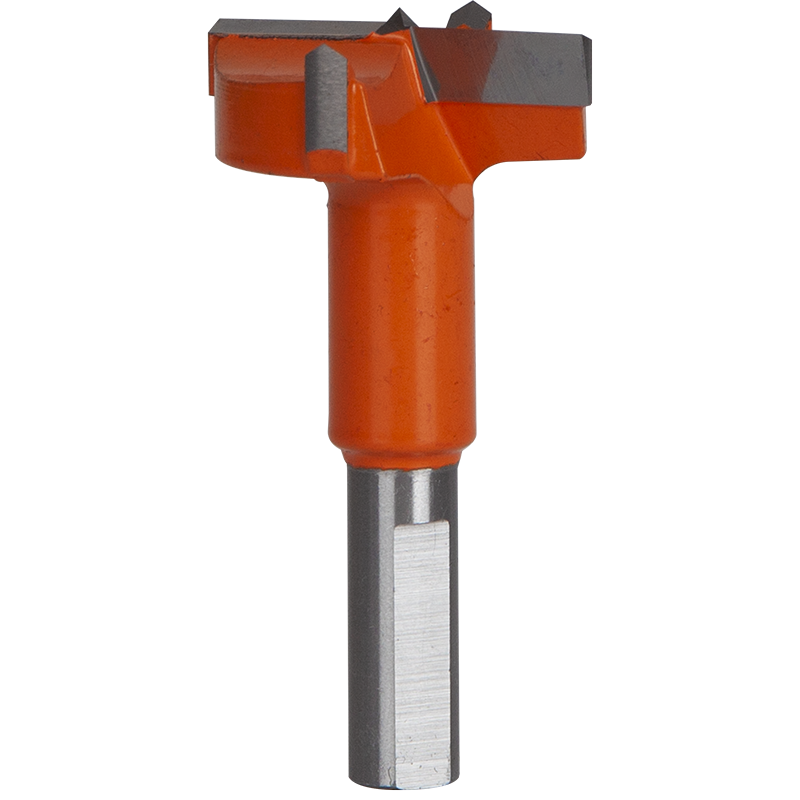 Hinge Drill Bits
Hinge Drill Bits TCT Step Drill Bits
TCT Step Drill Bits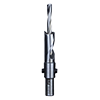 HSS Drill Bits/ Mortise Bits
HSS Drill Bits/ Mortise Bits Router Bits
Router Bits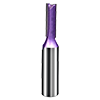 Straight Bits
Straight Bits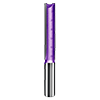 Longer Straight Bits
Longer Straight Bits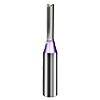 TCT Straight Bits
TCT Straight Bits M16 Straight Bits
M16 Straight Bits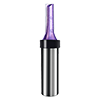 TCT X Straight Bits
TCT X Straight Bits 45 Degree Chamfer Bit
45 Degree Chamfer Bit Carving Bit
Carving Bit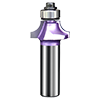 Corner Round Bit
Corner Round Bit PCD Router Bits
PCD Router Bits Edge Banding Tools
Edge Banding Tools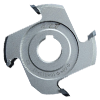 TCT Fine Trimming Cutter
TCT Fine Trimming Cutter TCT Pre Milling Cutter
TCT Pre Milling Cutter Edge Bander Saw
Edge Bander Saw PCD Fine Trimming Cutter
PCD Fine Trimming Cutter PCD Pre Milling Cutter
PCD Pre Milling Cutter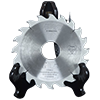 PCD Edge Bander Saw
PCD Edge Bander Saw Other Tools & Accessories
Other Tools & Accessories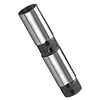 Drill Adapters
Drill Adapters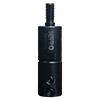 Drill Chucks
Drill Chucks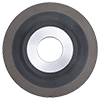 Diamond Sand Wheel
Diamond Sand Wheel Planer Knives
Planer Knives
